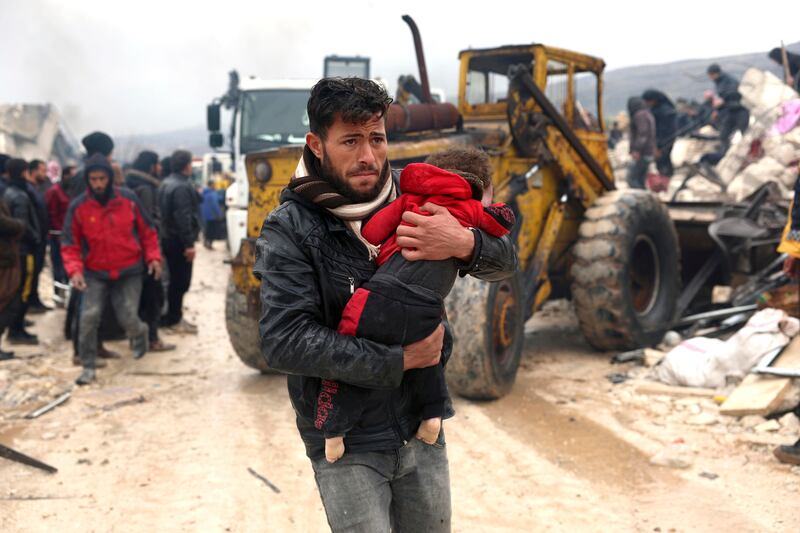Sunday night, breaking news alerts on my phone let me know that a 7.8 earthquake had hit southern Turkey around 4 a.m. local time. My heart sank even more than usual when reading bad news: I’ve been to the region several times. I have friends there, friends which at this writing have not responded to repeated attempts to contact them.
The earthquake was shallow, increasing the damage and casualty numbers. It is likely the most powerful recorded quake to strike in that area, where the Arabia and Anatolian plates come together. There are more than 2.5 million people living within 31 miles of the epicenter, which was about 20 miles from Gaziantep.
Gaziantep, close to the epicenter, is a city that has been around (although by different names) since the neolithic period. It has been influenced by the Bronze Age, the Hellenic Age, and the Byzantine and Ottoman Empires. When I visited in late 2018, it was a growing industrial center. The Zeugma Mosaic Museum is the biggest mosaic museum in the world and houses absolutely stunning mosaics dating back more than two thousand years. Gaziantep is also home to a castle built in the second century. It collapsed in Monday’s earthquake.
As I write this, the death toll is already more than 5,000, but it will continue to rise. The international community is responding by sending search and rescue crews and equipment, but, sadly, it won’t be long before they are “recovery” missions only.
Turkey is currently home to an estimated 3.6 million Syrian refugees. Many of them live in the southern region of the country hardest hit by the earthquake. Not only is it an agricultural hub, growing produce for many European destinations, but it is also geographically close to Aleppo, Syria, a crossing point for refugees. The earthquake did not contain itself to geographical borders, and was felt in Lebanon, Syria, Iraq, Jordan, Israel, Egypt, Cyprus and as far away as Denmark and Greenland, according to reports.
Aleppo has been bombarded many times over the 13 years of the Syrian civil war and now, an earthquake has collapsed even more buildings. Emergency services, already strained, are overwhelmed.
While we wait for news, I want to tell you about one of my friends living in Turkey. Mahmoud (not his real name for his own safety) is a Syrian refugee living in southern Turkey. In Syria, his wife was a teacher and he ran the school. As the civil war intensified, he began providing tents and other supplies to Syrians who were internally displaced — and he served all too often on burial detail.
He stayed in Syria as long as he could but when his office was specifically targeted and bombed, he crossed the border so he and his family could stay alive. He and his family, now with three daughters, live close to the border between Syria and Turkey. He continues to spend his days trying to help other refugees in more desperate circumstances than his own.
When I first met him in May 2018, he was wearing a little ring on his finger. I noticed he kept touching it, so I asked him about it. “It’s a gratitude ring,” he told me. It was a counter and he clicked it every time he thought of something he was grateful for so that he could keep track of how many times he thanked Allah that day. I asked him how many times a day, on average, he clicked that ring. That day’s count? Eighteen hundred. Eighteen hundred times he found a reason to send a short prayer of gratitude heavenward.
While we wait anxiously to hear from our friends, in addition to prayers (and looking at flight prices), I want to spend some time following his example and recognizing the many, many things I have to be grateful for in my life.


